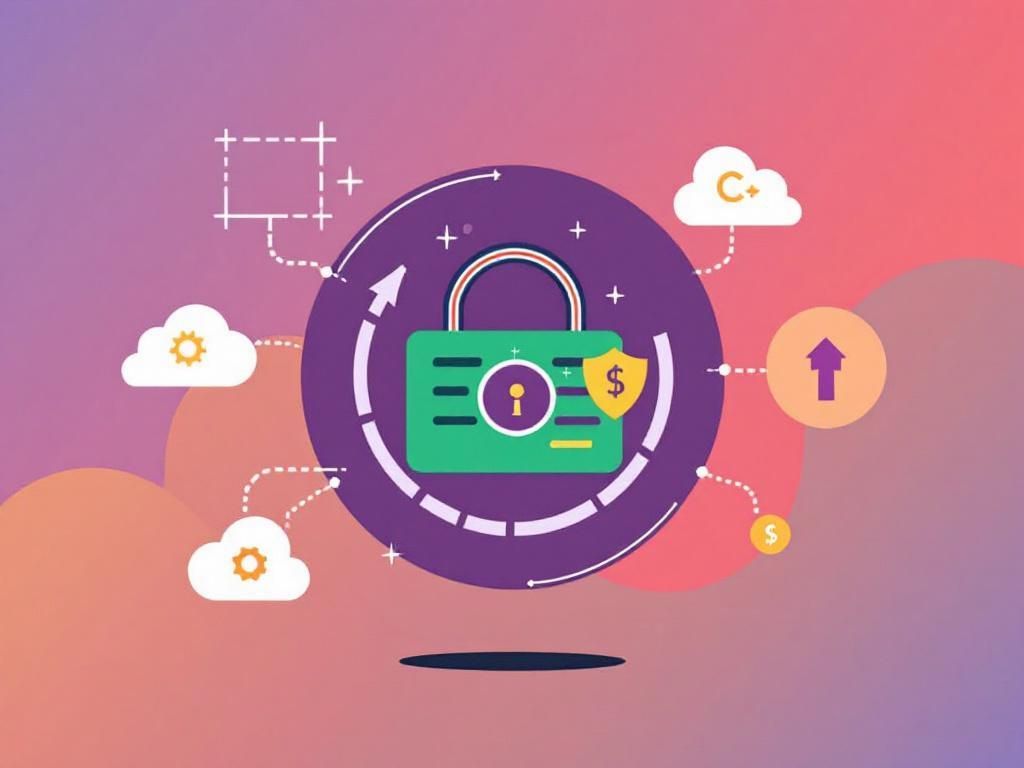Essential Cloud Security Strategies for SaaS Providers
Discover key cloud security strategies that every SaaS provider must implement to protect their data and build customer trust.

As the reliance on Software as a Service (SaaS) applications continues to grow, so does the need for robust cloud security measures. SaaS providers must understand the unique security challenges that cloud environments present and implement comprehensive strategies to protect sensitive data. This article will explore essential cloud security practices tailored for SaaS providers, ensuring they can safeguard their applications and maintain the trust of their users.
Table of Contents
Understanding Cloud Security Risks
Before delving into security measures, it’s crucial to identify the specific risks associated with cloud environments. SaaS providers face a variety of challenges, including:
- Data Breaches: Unauthorized access to sensitive information.
- Data Loss: Accidental deletion or corruption of data.
- Account Hijacking: Compromised user accounts leading to malicious activities.
- Insecure Interfaces and APIs: Vulnerabilities in software interfaces that can be exploited.
Key Security Measures for SaaS Providers
1. Data Encryption
Encrypting data both at rest and in transit is a fundamental security measure. This ensures that even if data is intercepted or accessed without authorization, it remains unreadable. Recommended practices include:
- Utilizing strong encryption algorithms (e.g., AES-256).
- Implementing end-to-end encryption for sensitive information.
- Regularly updating encryption keys to enhance security.
2. Identity and Access Management (IAM)
Effective IAM is crucial in controlling who has access to what within your SaaS platform. Consider implementing the following:
- Multi-Factor Authentication (MFA): Require users to provide multiple forms of verification.
- Role-Based Access Control (RBAC): Assign permissions based on user roles to limit access to sensitive data.
- Regular Access Reviews: Conduct audits to ensure users have appropriate access levels.
3. Secure Development Practices
Security should be integrated into the software development lifecycle (SDLC) to mitigate vulnerabilities before they reach production. Essential practices include:
- Conducting regular security training for developers.
- Implementing code reviews and static analysis tools.
- Adopting DevSecOps practices to embed security in development processes.
Compliance and Regulation Considerations
SaaS providers must also navigate a complex landscape of industry regulations. Compliance with frameworks such as GDPR, HIPAA, and PCI DSS is essential for safeguarding user data. Key compliance steps include:
| Regulation | Key Requirement | Relevance |
|---|---|---|
| GDPR | User consent for data processing | Applicable to all users in the EU |
| HIPAA | Protection of health information | Applicable to healthcare applications |
| PCI DSS | Secure handling of credit card information | Applicable to payment processing services |
Monitoring and Incident Response
Continuous monitoring is vital for identifying potential security incidents early. This involves:
- Real-Time Monitoring: Utilize security information and event management (SIEM) tools to detect anomalies.
- Incident Response Plan: Develop and test a comprehensive incident response plan to mitigate damage and recover quickly.
- Regular Penetration Testing: Engage third-party experts to test your security posture.
4. Risk Assessment and Management
Regular risk assessments help identify vulnerabilities within your SaaS application and overall infrastructure. A structured approach includes:
- Conducting threat modeling exercises.
- Identifying critical assets and potential attack vectors.
- Prioritizing risks based on impact and likelihood.
Building a Security Awareness Culture
Human error is often the weakest link in security. Fostering a culture of security awareness among employees is essential. Strategies include:
- Conducting regular training sessions on security best practices.
- Promoting a security-first mindset across all teams.
- Providing resources for employees to stay abreast of the latest security threats.
The Importance of Vendor Management
SaaS providers often rely on third-party vendors for various services. Ensuring that these vendors adhere to security best practices is crucial. Key considerations include:
- Assessing vendor security practices through audits and assessments.
- Incorporating security requirements into contracts and agreements.
- Monitoring vendor compliance continuously.
Conclusion
As the SaaS landscape evolves, so too must the security strategies that underpin it. By implementing a multi-faceted approach to cloud security, SaaS providers can protect sensitive data, comply with regulations, and build trust with their users. Prioritizing security is not just a best practice; it is a necessity in an increasingly digital world.
FAQ
What is cloud security for SaaS providers?
Cloud security for SaaS providers refers to the measures and protocols implemented to protect cloud-based software services from cyber threats, ensuring data integrity, confidentiality, and availability.
Why is cloud security important for SaaS applications?
Cloud security is crucial for SaaS applications as they handle sensitive user data and are often targeted by cybercriminals. Strong security measures help prevent data breaches and build customer trust.
What are common threats to SaaS security?
Common threats to SaaS security include data breaches, account hijacking, insider threats, and denial-of-service attacks, all of which can compromise the integrity of the software and its data.
How can SaaS providers enhance their cloud security?
SaaS providers can enhance their cloud security by implementing multi-factor authentication, regular security audits, encryption of sensitive data, and adopting a robust incident response plan.
What role does compliance play in SaaS cloud security?
Compliance plays a vital role in SaaS cloud security as it ensures that providers adhere to industry standards and regulations, such as GDPR and HIPAA, which help protect user data and maintain trust.
How often should SaaS providers update their security protocols?
SaaS providers should regularly update their security protocols, ideally on a continuous basis, to address emerging threats and vulnerabilities, ensuring that their security measures remain effective.






